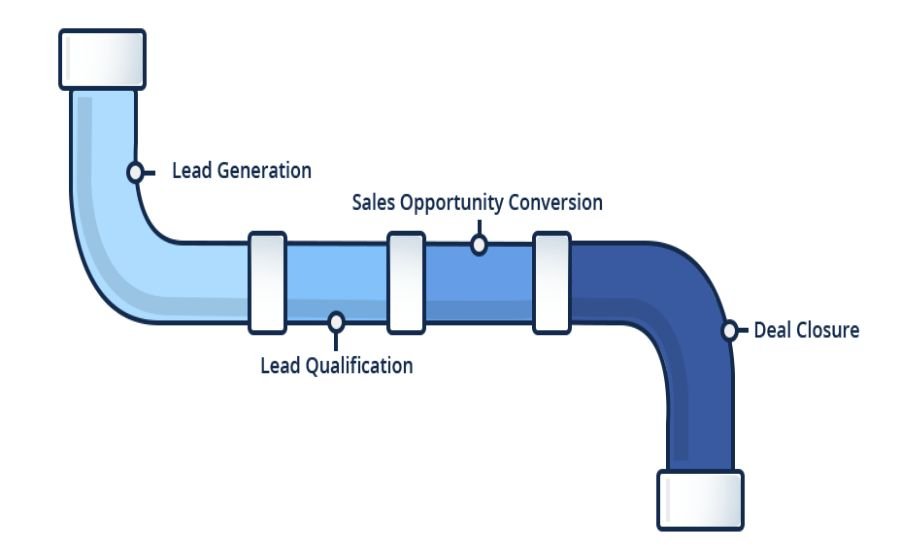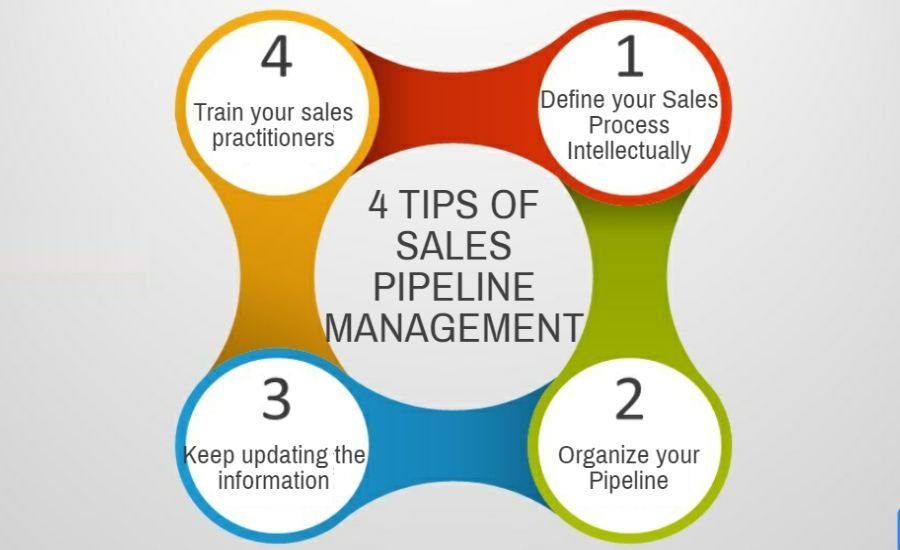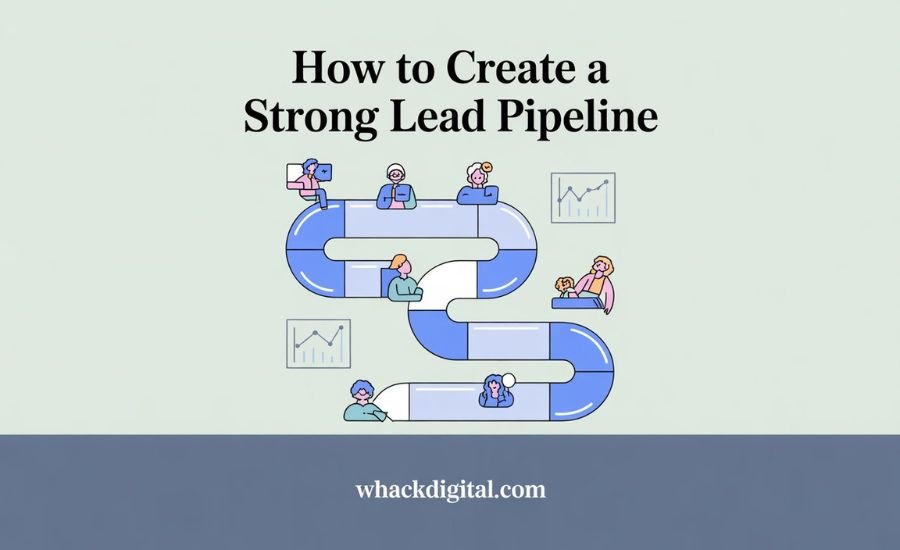Every business wants steady sales, but without a system, leads slip away. That’s where a lead pipeline comes in. A pipeline gives your sales process structure, showing exactly how prospects move from awareness to becoming paying customers.
In this guide, you’ll learn what a lead pipeline is, why it matters, and how to build one that consistently delivers results.
What Is a Lead Pipeline?

A lead pipeline is the step-by-step process of turning strangers into customers. It tracks every interaction from the first ad click to the signed deal.
Think of it like a roadmap. It shows where your leads are, what actions are needed, and where your team should focus efforts.
This is different from a sales funnel. The funnel visualizes how many prospects drop off at each stage, while the pipeline helps teams actively manage and move leads forward.
Why Building a Strong Lead Pipeline Matters?
A strong pipeline isn’t just nice to have; it’s essential for growth.
- It gives sales teams clarity about where prospects stand.
- It helps businesses forecast revenue more accurately.
Research shows that companies with well-managed pipelines see 28% more revenue growth compared to those without. That’s proof of its value.
Stages of a Lead Pipeline

Instead of thinking of the pipeline as one long process, it’s easier to break it into stages.
| Stage | What Happens Here |
| Lead Generation | Attracting prospects through ads, SEO, referrals, and social media |
| Lead Qualification | Filtering serious buyers by checking budget, authority, and needs |
| Initial Contact | First calls, emails, or discovery meetings to understand the prospect |
| Nurturing | Sending case studies, demos, or content to build trust |
| Proposal/Offer | Presenting a tailored solution |
| Closing | Handling objections and finalizing the deal |
| Post-Sale Growth | Retaining customers, upselling, and encouraging referrals |
These stages may vary depending on your business, but the goal is always the same guiding prospects smoothly to conversion.
Read Also: Ethical Guide to Buy Website Traffic SearchSEO for Growth
Steps to Create a Strong Lead Pipeline
1. Define Your Ideal Customer Profile (ICP)
You can’t build a pipeline without knowing who belongs in it. Identify your best-fit customer using demographics, behavior patterns, and buying triggers.
2. Map the Buyer’s Journey
Leads move through different mindsets from curiosity to decision-making. Match your actions to these stages with awareness content, demos, and proposals.
3. Choose the Right Tools
Managing a pipeline without tools is messy. That’s why businesses use CRMs like HubSpot, Salesforce, or Pipedrive. These tools track every interaction, set reminders, and keep data organized.
4. Align Sales and Marketing Teams
A pipeline fails when sales and marketing work separately. Both teams must share insights, agree on what makes a qualified lead, and measure success together.
5. Set Clear KPIs
You can’t improve what you don’t measure.
- Track conversion rates to see if leads are closing.
- Review pipeline velocity to measure how fast deals move.
These numbers reveal what’s working and what needs fixing.
6. Optimize and Review Regularly
A pipeline isn’t static. Review it weekly to catch issues early, whether it’s low-quality leads entering the system or too many deals stalling at one stage.
Best Practices for Maintaining a Healthy Lead Pipeline

Keep your CRM updated daily. Use lead scoring to prioritize high-value prospects. Re-engage cold leads with remarketing campaigns or new offers. Above all, ensure your team follows a consistent, repeatable process so no lead slips through the cracks.
Common Mistakes to Avoid
One common mistake is chasing every lead instead of focusing on quality. Another is skipping qualification, which wastes time on unfit buyers. Poor communication between sales and marketing can also damage progress. Finally, neglecting post-sale relationships means missing chances for referrals and upsells.
Conclusion
A strong lead pipeline is the backbone of sales success. By defining your ideal customer, mapping the buyer’s journey, using the right tools, and tracking results, you create a predictable flow of customers.
Start building your pipeline today, and turn steady leads into long-term growth for your business.
FAQs
If leads move steadily through stages and conversions match targets, your pipeline is working.
Salesforce, HubSpot, and Pipedrive are popular choices, but the best tool depends on your team size and needs.
Review weekly to spot issues early and make adjustments before deals stall.






